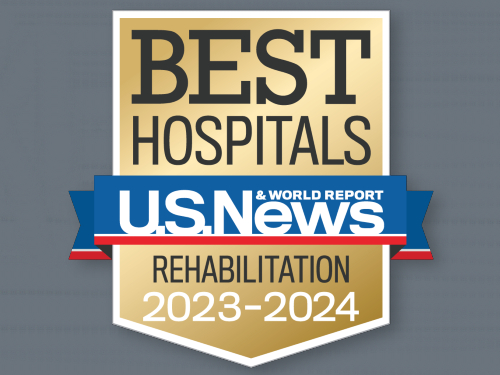
More recently, medical outcome research, in general, has begun to focus on the global outcome construct of health-related quality of life (HRQOL). HRQOL can be defined as the impact of a disease or disability on a person’s physical, mental and social wellbeing.1 HRQOL depends on the perspective of the patient and relies on subjective ratings provided by the patient. Outcomes that depend on subjective ratings of the patient are called patient-reported outcomes, and they are seen as complementary to objective outcomes measures. The National Institutes of Health has funded two major initiatives for the development of HRQOL measures. The Patient-Reported Outcomes Measurement Information System (PROMIS) is a measure of HRQOL that was developed through one of these initiatives.2 PROMIS is a general measure that is intended to be applicable to medical research on any disease or injury. The Neurology Quality of Life (Neuro-QOL) is a companion measure of HRQOL intended for persons with stroke, multiple sclerosis, Parkinson’s disease, epilepsy, amyotrophic lateral sclerosis and muscular dystrophy.3

Early findings on the TBI-QOL have validated its potential as a useful HRQOL measure for TBI investigations. We have selected the TBI-QOL as the key measure in one of our studies for the TIRR Rehabilitation Research and Training Center on Developing Strategies to Foster Community Integration and Participation in Persons with Traumatic Brain Injury, funded by the U.S. Department of Education National Institute on Disability and Rehabilitation Research (NIDRR). This project seeks to determine the key dimensions of cognitive impairment, self-reported problems and environmental supports that characterize persons with TBI in the post-hospital period of recovery. We have completed an initial manuscript describing these dimensions, which is now undergoing peer review for possible publication.5 In a later step in this program of research, scores on these dimensions will be used to determine clusters of persons with TBI so that different treatment approaches can be recommended for persons with TBI depending on their cluster membership and their scores on the key dimensions.
References
1Cella D. Measuring quality of life in palliative care. Seminars in Oncology. 1995;22:73-81.
2Cella D, Riley W, Stone A, Rothrock N, Reeve B, Yount S, et al. The Patient-Reported Outcomes Measurement Information System (PROMIS) developed and tested its first wave of adult self-reported health outcomes banks: 2005-2008. Journal of Clinical Epidemiology. 2010;63:1179-1194.
3Cella D, Nowinski C, Peternan A, Victorson D, Miller, Lai J-S, Moy C. The Neurology Quality-of-Life measurement initiative. Archives of Physical Medicine and Rehabilitation. 2011;92 Suppl 1, S28-S36.
4Tulsky DS, Kisala PA, Victorson D, Carlozzi N, Bushnik T, Sherer M, et al. The TBI-QOL: Development and calibration of item banks to measure patient reported outcomes following traumatic brain injury. Journal of Head Trauma Rehabilitation. In press.
5Sherer M, Sander AM, Nick TG, Maestas KL, Hanks R, Novack TA, et al. Dimensions of cognitive functioning, self-reported problems and strengths, and environmental facilitators for persons with TBI in the post-acute period. Rehabilitation Psychology. In review.
